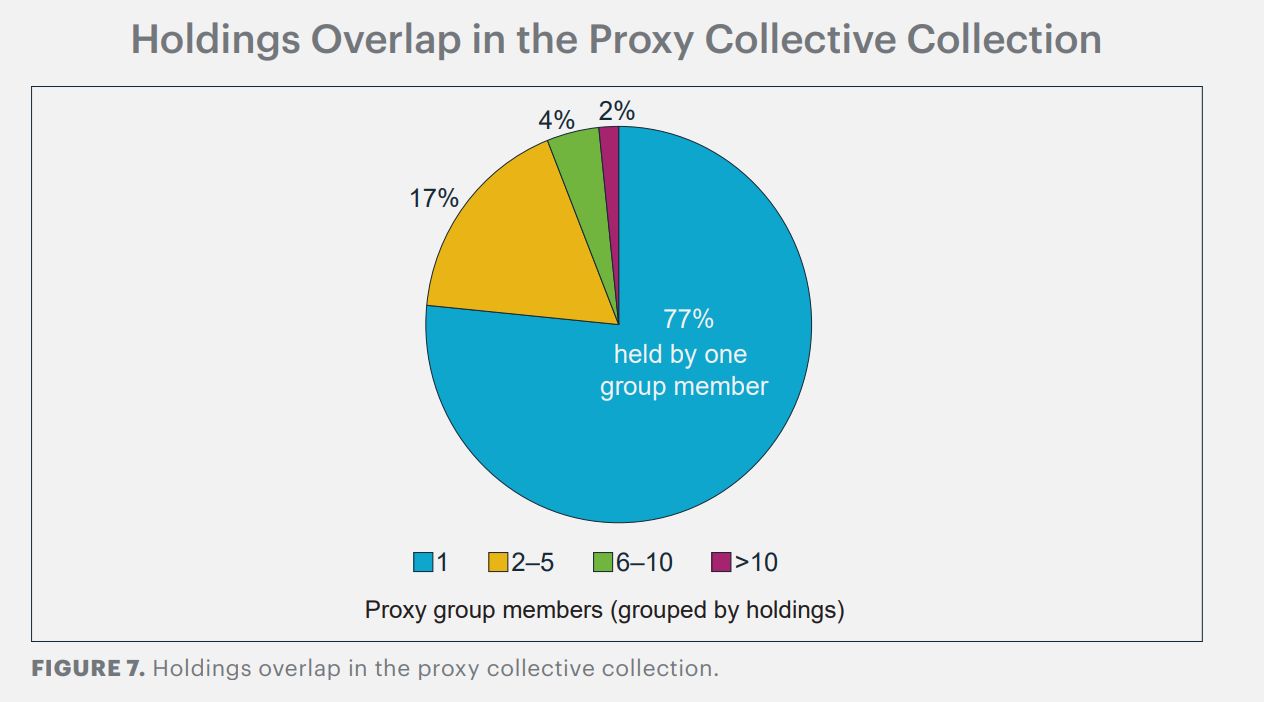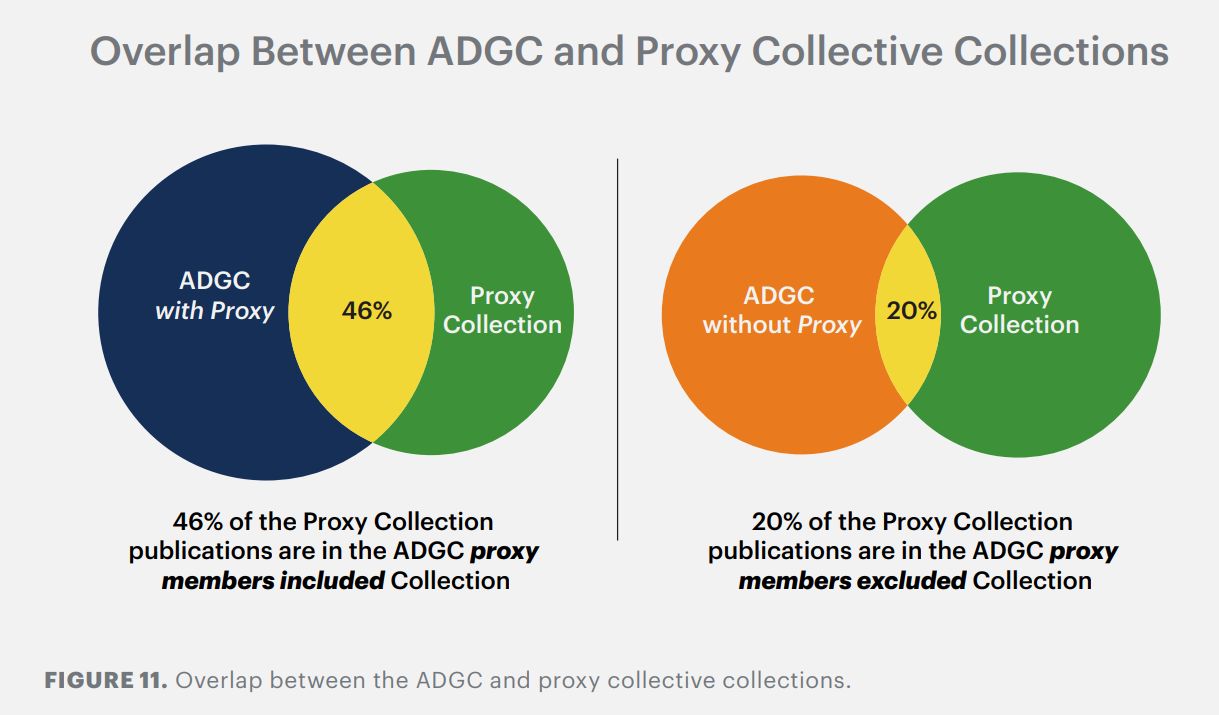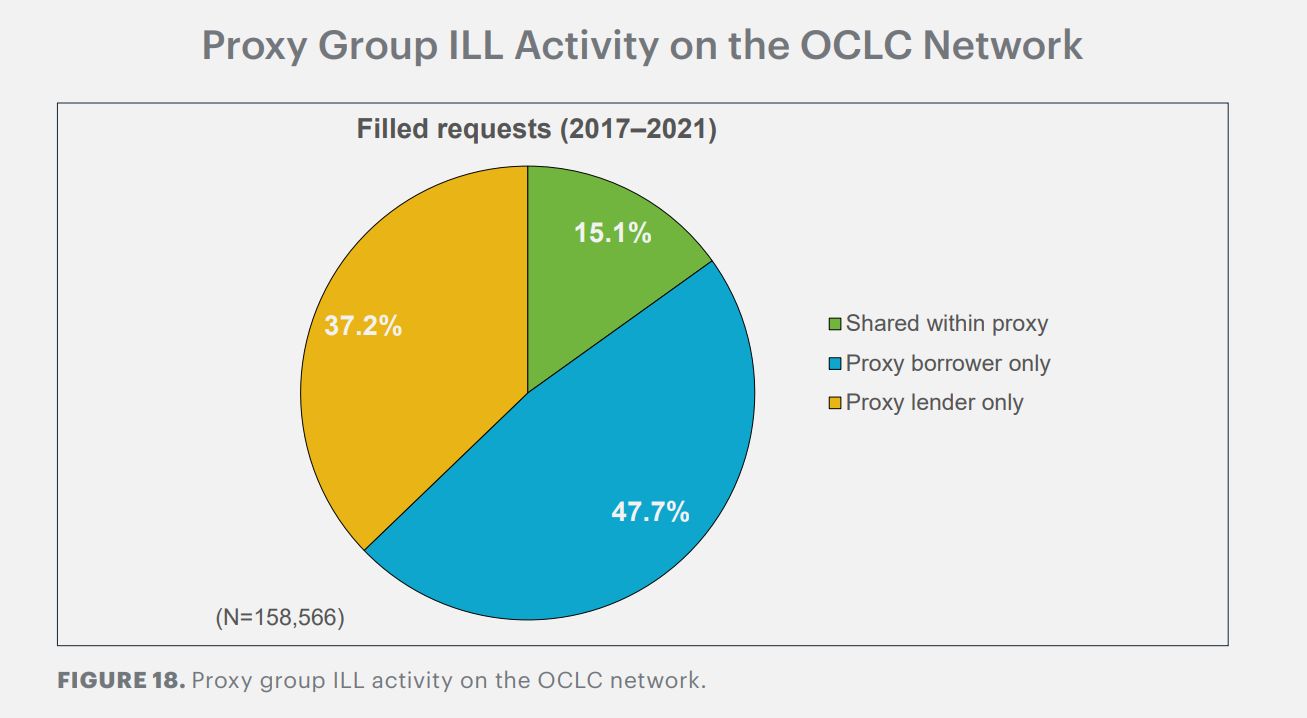By its very nature, resource sharing between libraries is a form of collaboration. Most libraries have agreements and processes in place that enable them to fill collection gaps and provide for users’ needs through resource sharing partners. But is there value in pursuing a more deliberate, data-driven strategy when building your resource sharing groups? Might such a strategy reveal unexpected partnering opportunities?
Our recent report, Sustaining Art Research Collections: Using Data To Explore Collaboration, provides some fascinating clues. We analyzed the combined collections and interlibrary loan activity of 85 art-focused libraries in the United States and Canada. Using holdings data from WorldCat and resource sharing data from WorldShare ILL, we identified several unexpected patterns that showed implications for identifying potential collaborative partners. Though we worked with a relatively small sample size and focused primarily on art libraries, the findings offer unexpected collecting and sharing patterns of interest to any library looking to partner with others.
Rareness is common.
Examination of the holdings overlap within the group revealed that 77% of the 16 million holdings in our proxy art research collective collection were held by only one of the 85 art libraries. A mere 6% of the combined collection was held by more than five of the 85 proxy art libraries.
Surprisingly, this extreme level of rareness is sustained when we compare our proxy art research collection from the US and Canada with the holdings of the Art Discovery Group Catalogue (ADGC), a global shared catalog dedicated to art research materials containing the holdings of about 70 libraries. Once we subtract the holdings of institutions that overlap between our proxy group and the ADGC, we find that only 20% of the materials appear in both massive art-focused collective collections.
Partnering with institutions unlike your own brings benefits.
Only 15% of the resource sharing by our proxy members happened within the group. In other words, 85% of filled interlibrary loan requests were transacted with a non-art-focused partner outside the group—48% where a group member borrowed from outside libraries and 37% where a group member supplied an item to an outside library.
Further, 58% of the loaned and borrowed materials in our study fell outside of the Library of Congress Classification: Class N—Fine Arts. In other words, more than half of the material borrowed and loaned by art libraries in our proxy group were on a topic not classified as art.
For special partners, trust can trump distance.
Our analysis of sharing patterns indicated that similar institutional visions, combined with a reciprocal history of sharing, was often more critical in “favorite partner” selection than geographic proximity. This was true even when sharing physical items. For instance, we found that all 13 current and six former members of the SHARES resource sharing consortium in the proxy group had current SHARES members as their top three sharing partners, though many were thousands of miles apart.
What are the implications for my library?
Taken together, all of this suggests that broadening criteria for what constitutes a potential partner—resource sharing or otherwise—has tangible benefits.
- You’re more unique than you think: Consider linking up with other resource sharing groups, either as one large group or in an expanding universe where requests can work their way from one favored consortium to the next until fulfilled. Even among institutions with a similar collecting focus, this can add unique content.
- Differences are beneficial: Opposites really can attract. Complementary collections often form the basis of robust, mutually beneficial partnerships.
- Distance isn’t a barrier: In general, expense and environmental impact steer libraries toward sharing physical items close to home whenever possible. But don’t let distance limit your search for partners. A trusted collaborator may be just over the horizon.
The moral of the story? Partnering decisions informed by collections and resource sharing data analysis are more likely to be successful and mutually beneficial.
The marketplace is filled with tools and services that can help support your partnership building endeavors. The key is access to accurate, comprehensive collections and resource sharing data, along with robust infrastructure for discovery, delivery, and analytics.
But it all starts with a desire to collaborate.
Check out the brand new second report from the art research collective collections project, Sustaining Art Research Collections: Case Studies in Collaboration.
A helpful rubric for evaluating costs of collaboration can be found in my colleague Brian Lavoie’s report, Library Collaboration as a Strategic Choice: Evaluating Options for Acquiring Capacity.
We recently launched a new solution, Choreo Insights, that can provide the analytical foundation for your efforts. And since having accurate holdings and licensing data is essential to any such analysis, we offer a streamlined holdings update program to cataloging customers at no extra cost. We also automate holdings feeds from major providers for electronic materials. Lastly, our new Resource Sharing for Groups service is a tool that can help bring the “link up your groups” idea to life.








Share your comments and questions on Twitter with hashtag #OCLCnext.